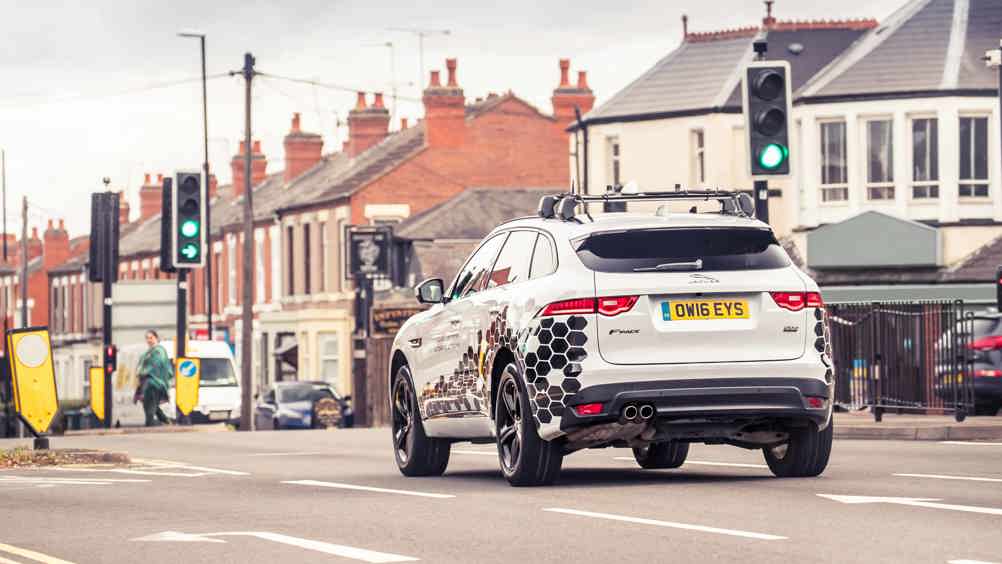JLR connected tech helps drivers avoid red lights

Jaguar Land Rover is trialling a new Vehicle-to-Infrastructure (V2X) technology that prompts drivers with the correct speed to avoid upcoming red lights.
According to JLR, the Green Light Optimal Speed Advisory (GLOSA) technology could help improve the flow of traffic as well as reduce emissions that result from harsh braking and acceleration at junctions. The system works by receiving data from traffic lights and computing a safe speed for the driver to maintain to reach the lights while they are green. This information is then presented as a green segment on the speedometer. JLR claims the technology will help reduce time spent sitting at red lights, estimated to be about 20 per cent of total driving time.
“This cutting-edge technology will radically reduce the time we waste at traffic lights,” said Oriol Qintana-Morales, JLR connected technology research engineer. “It has the potential to revolutionise driving by creating safe, free-flowing cities that take the stress out of commuting. Our research is motivated by the chance to make future journeys as comfortable and stress-free as possible for all our customers.”
Register now to continue reading
Thanks for visiting The Engineer. You’ve now reached your monthly limit of news stories. Register for free to unlock unlimited access to all of our news coverage, as well as premium content including opinion, in-depth features and special reports.
Benefits of registering
-
In-depth insights and coverage of key emerging trends
-
Unrestricted access to special reports throughout the year
-
Daily technology news delivered straight to your inbox










UK Enters ‘Golden Age of Nuclear’
The delay (nearly 8 years) in getting approval for the Rolls-Royce SMR is most worrying. Signifies a torpid and expensive system that is quite onerous...